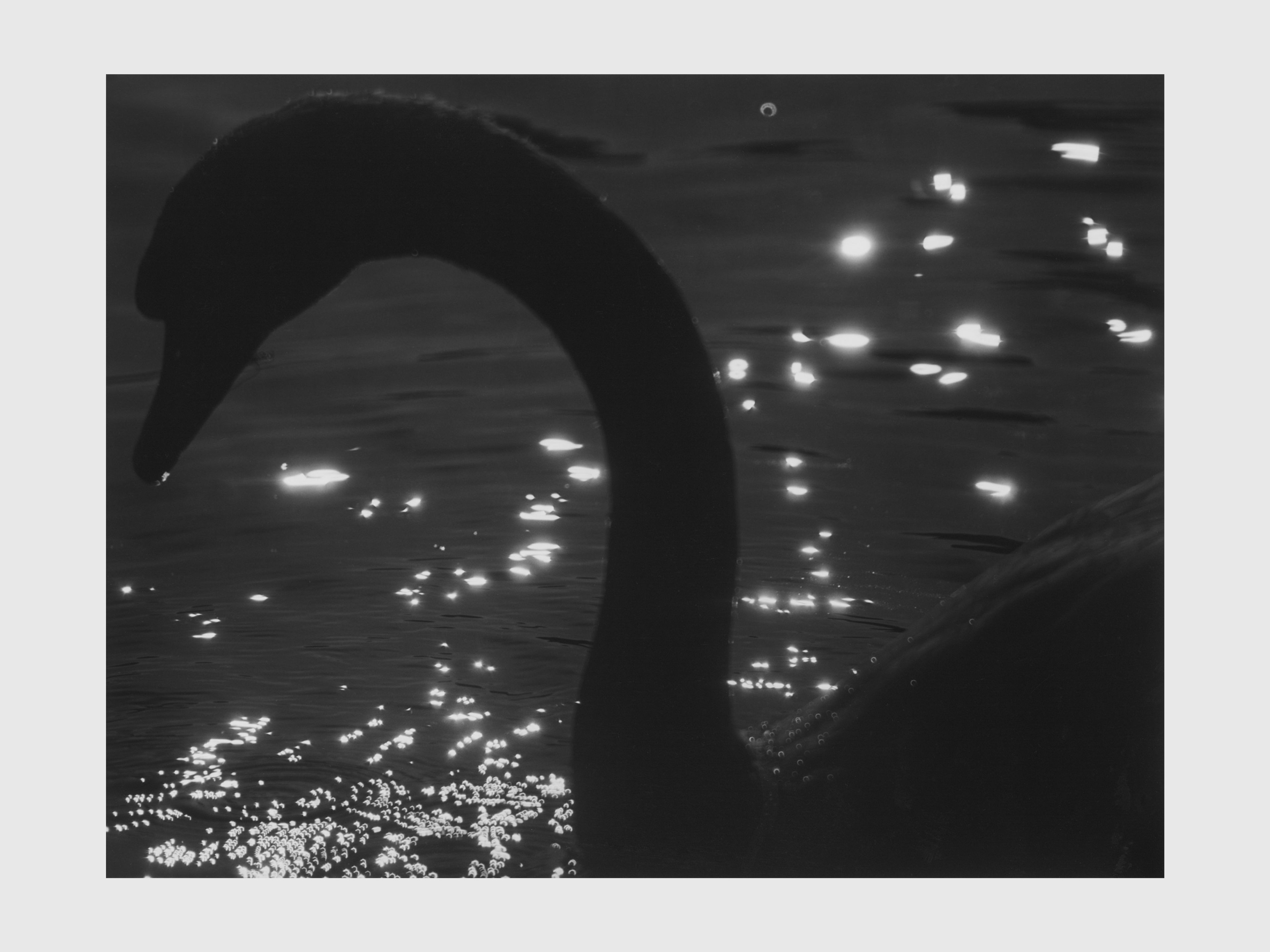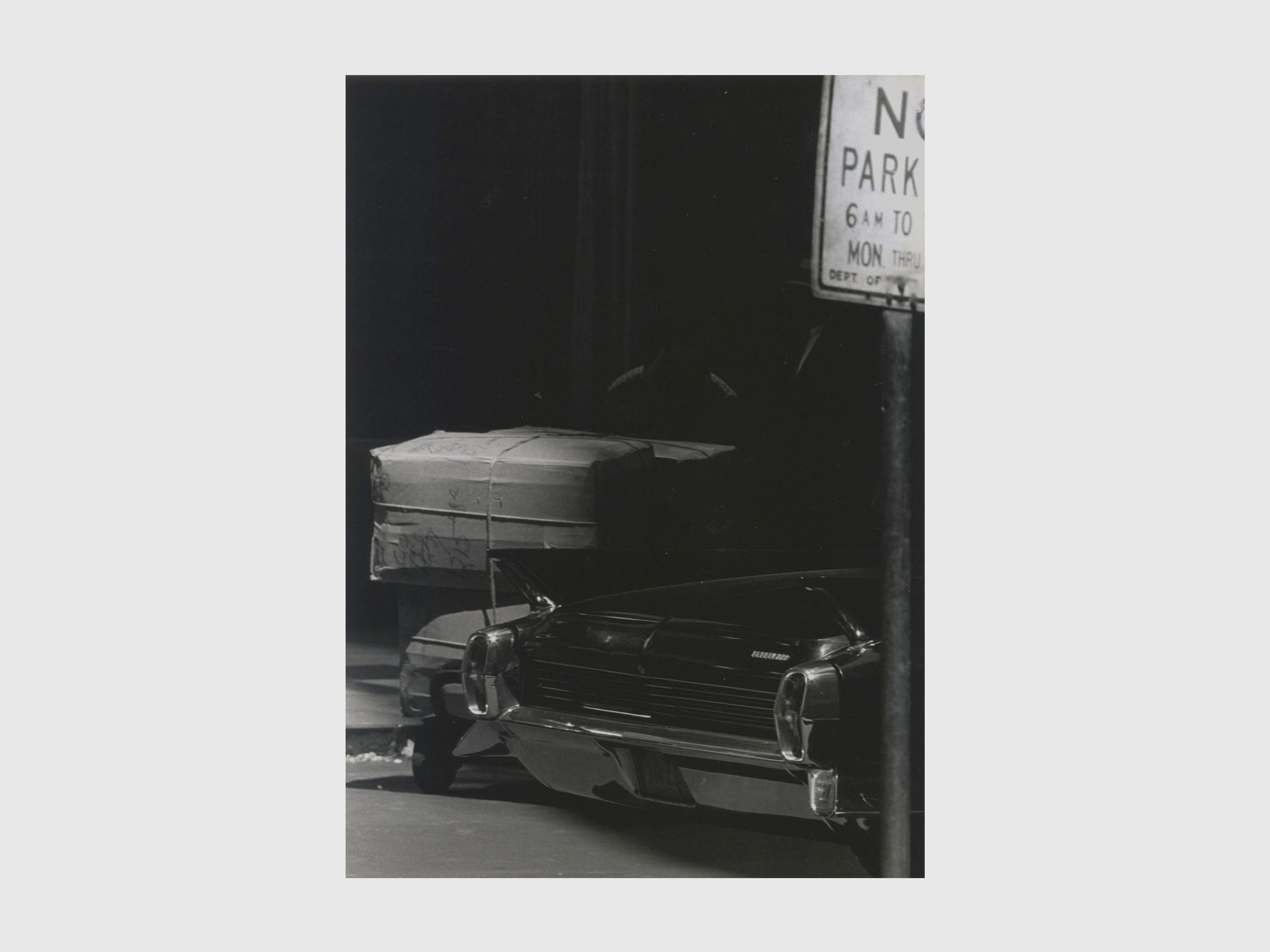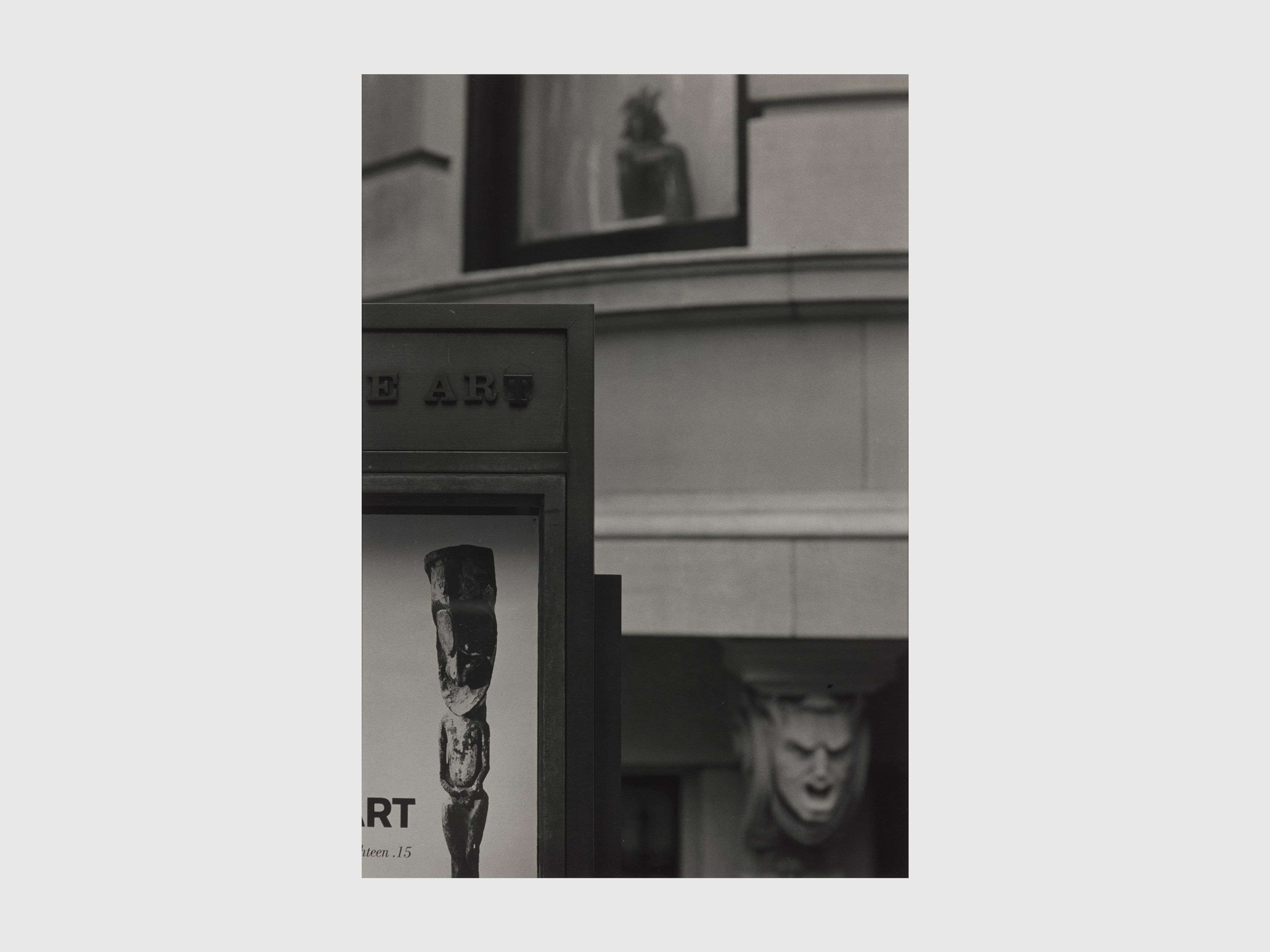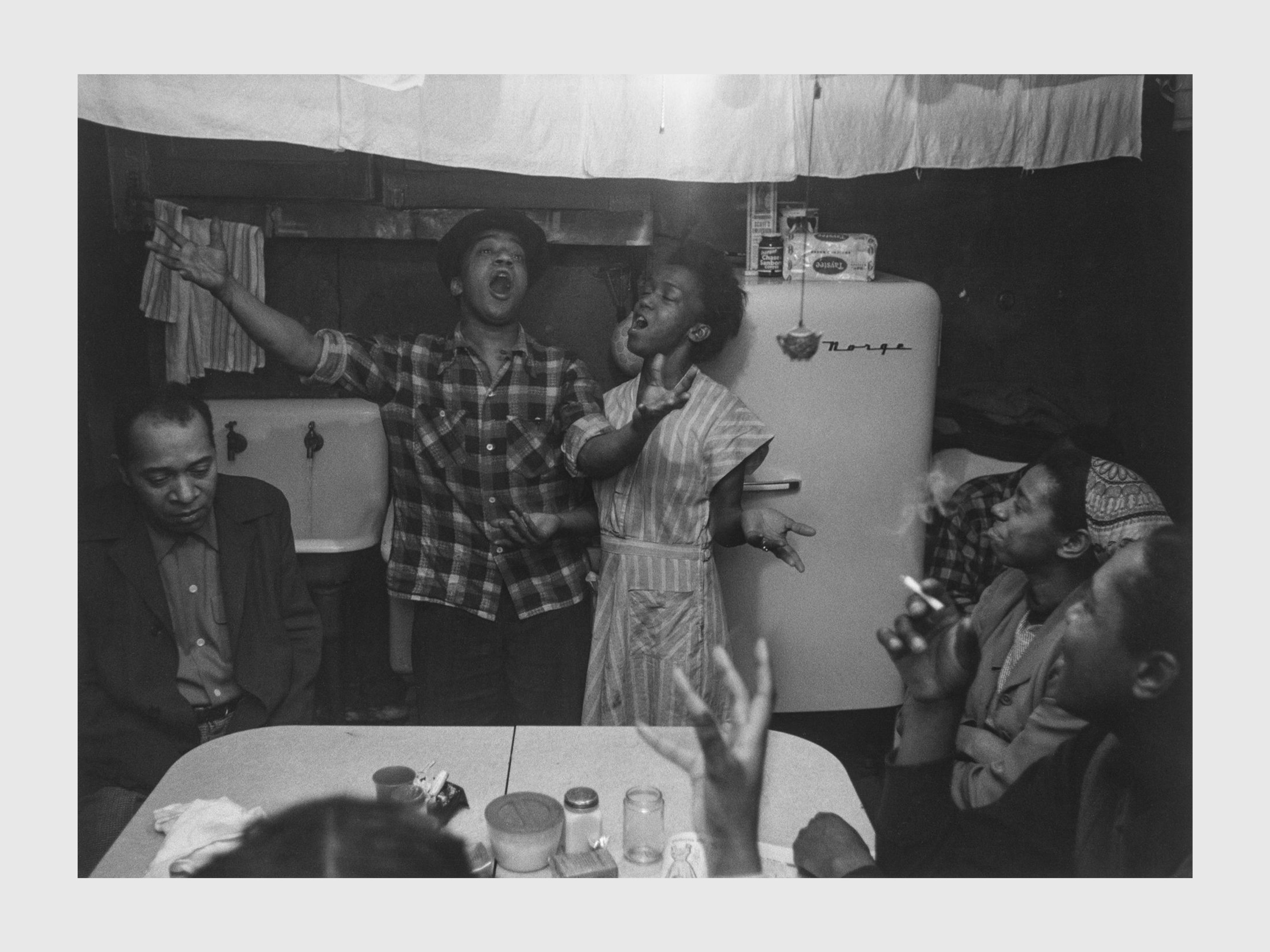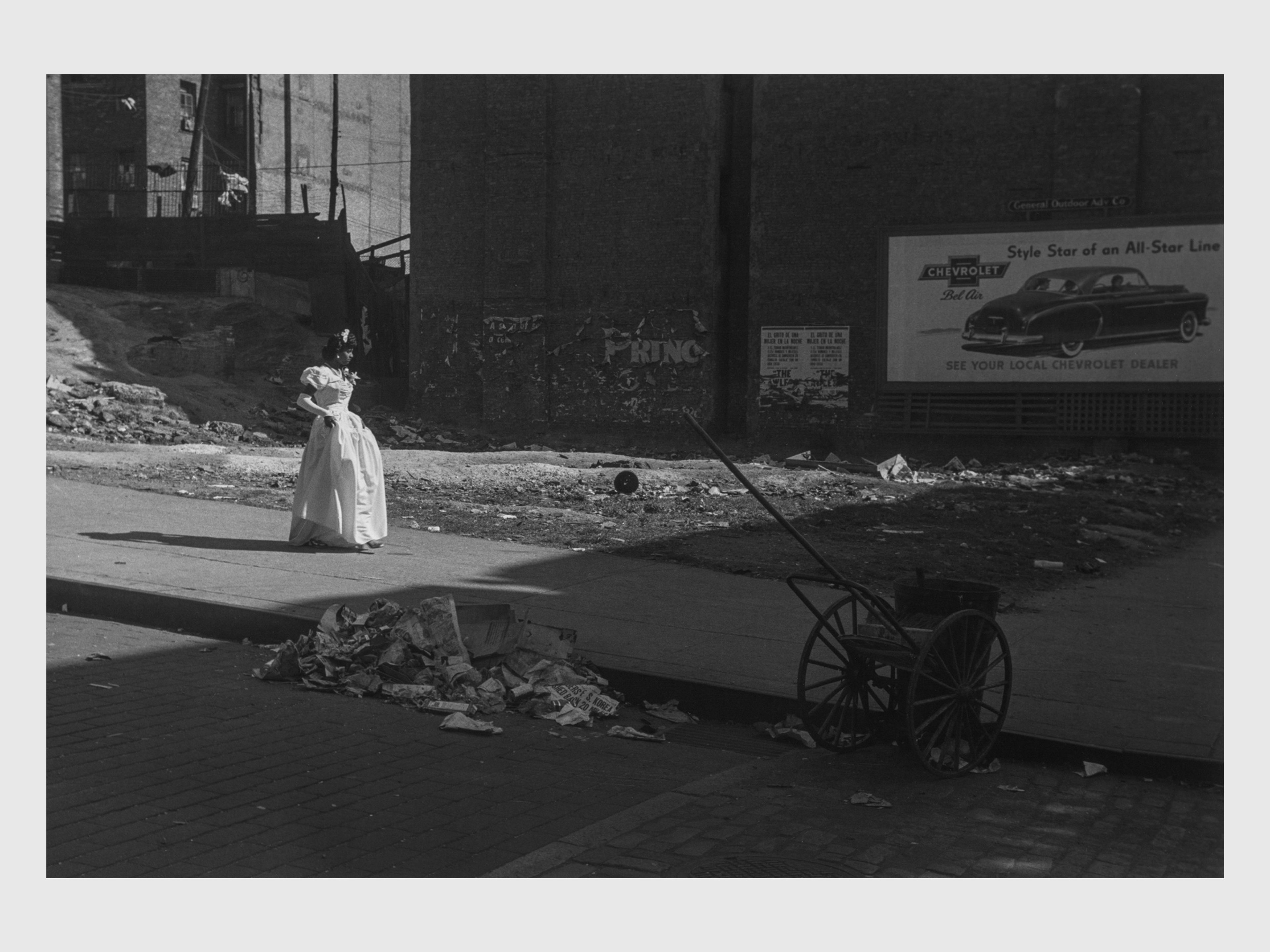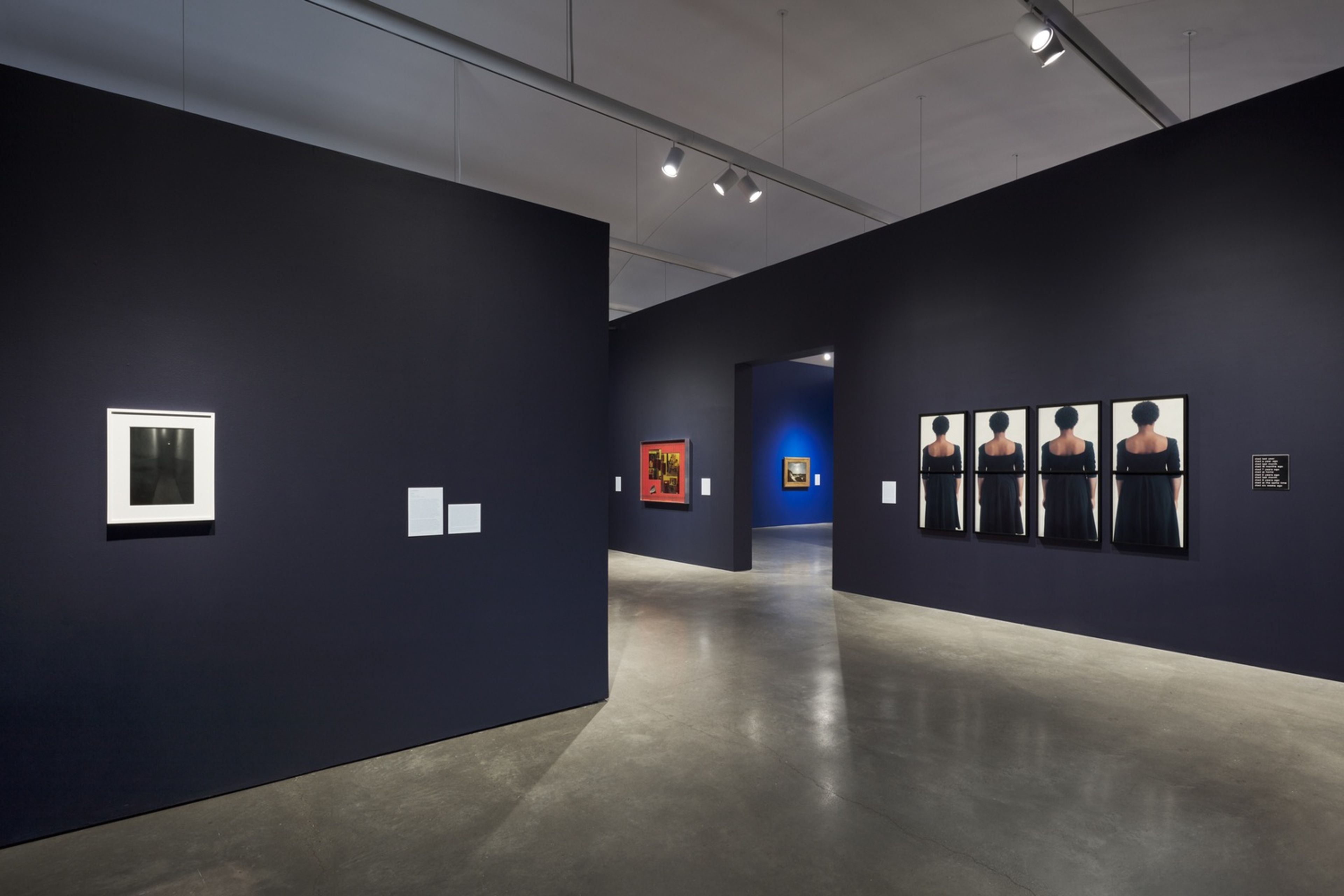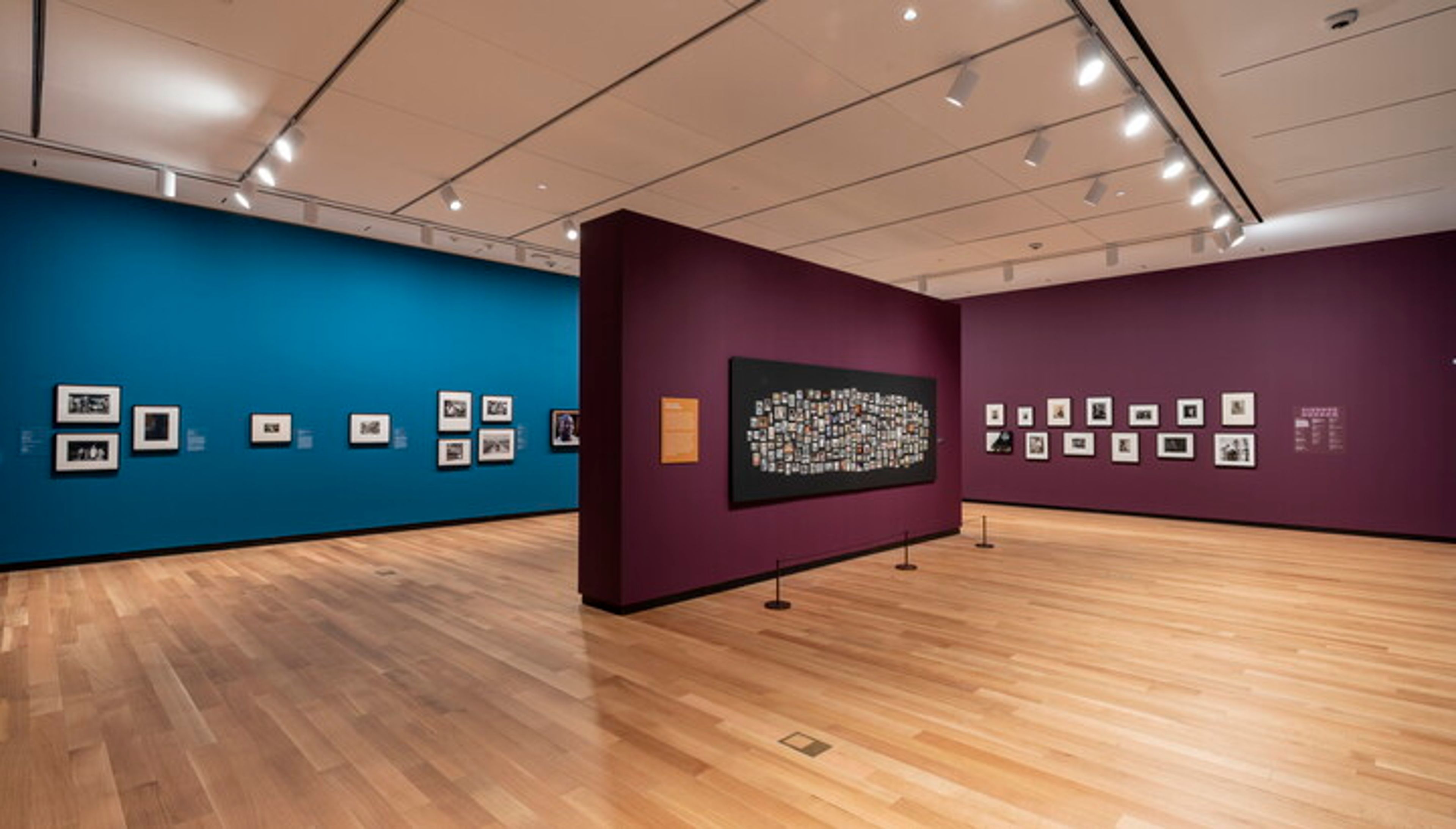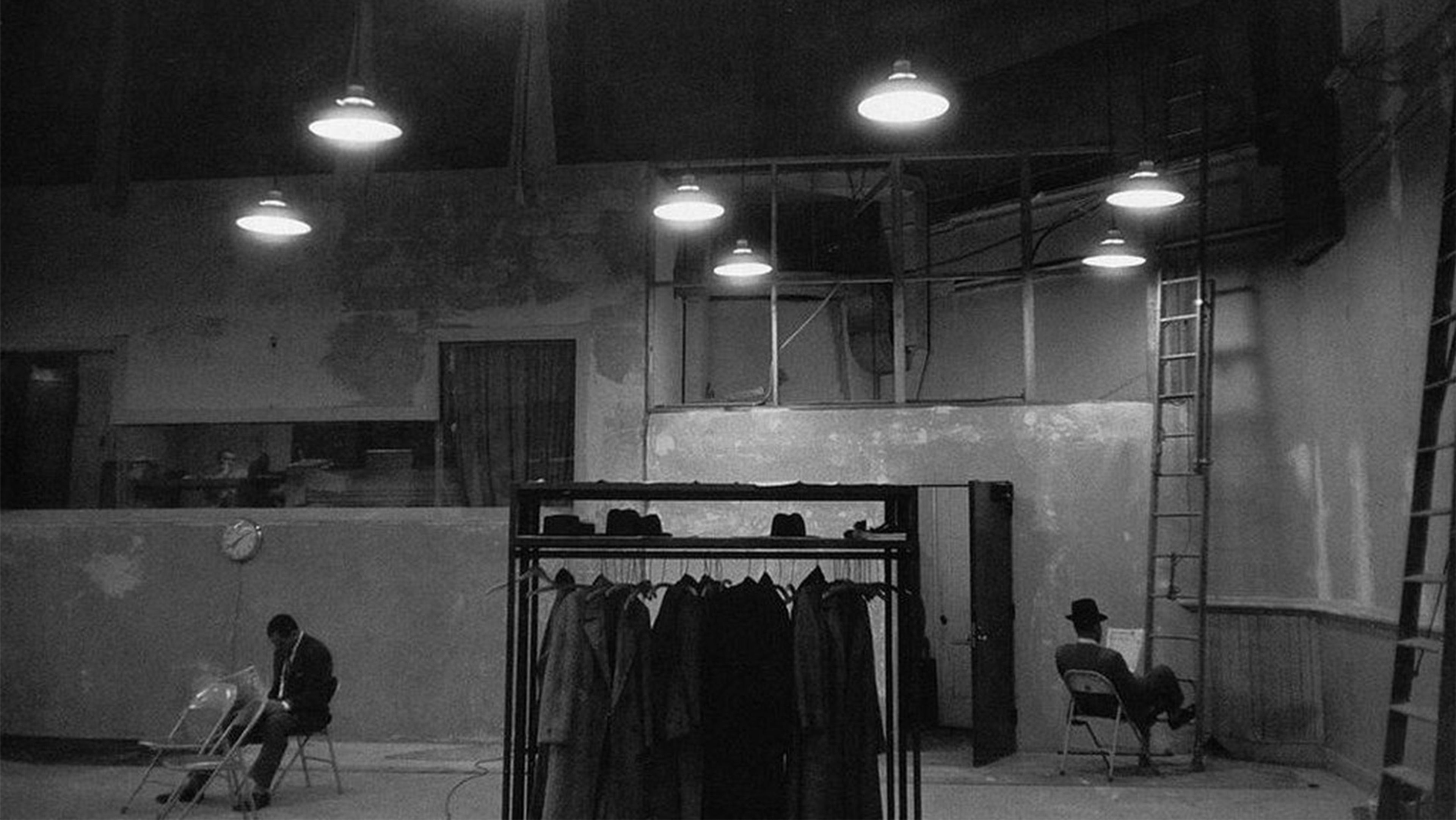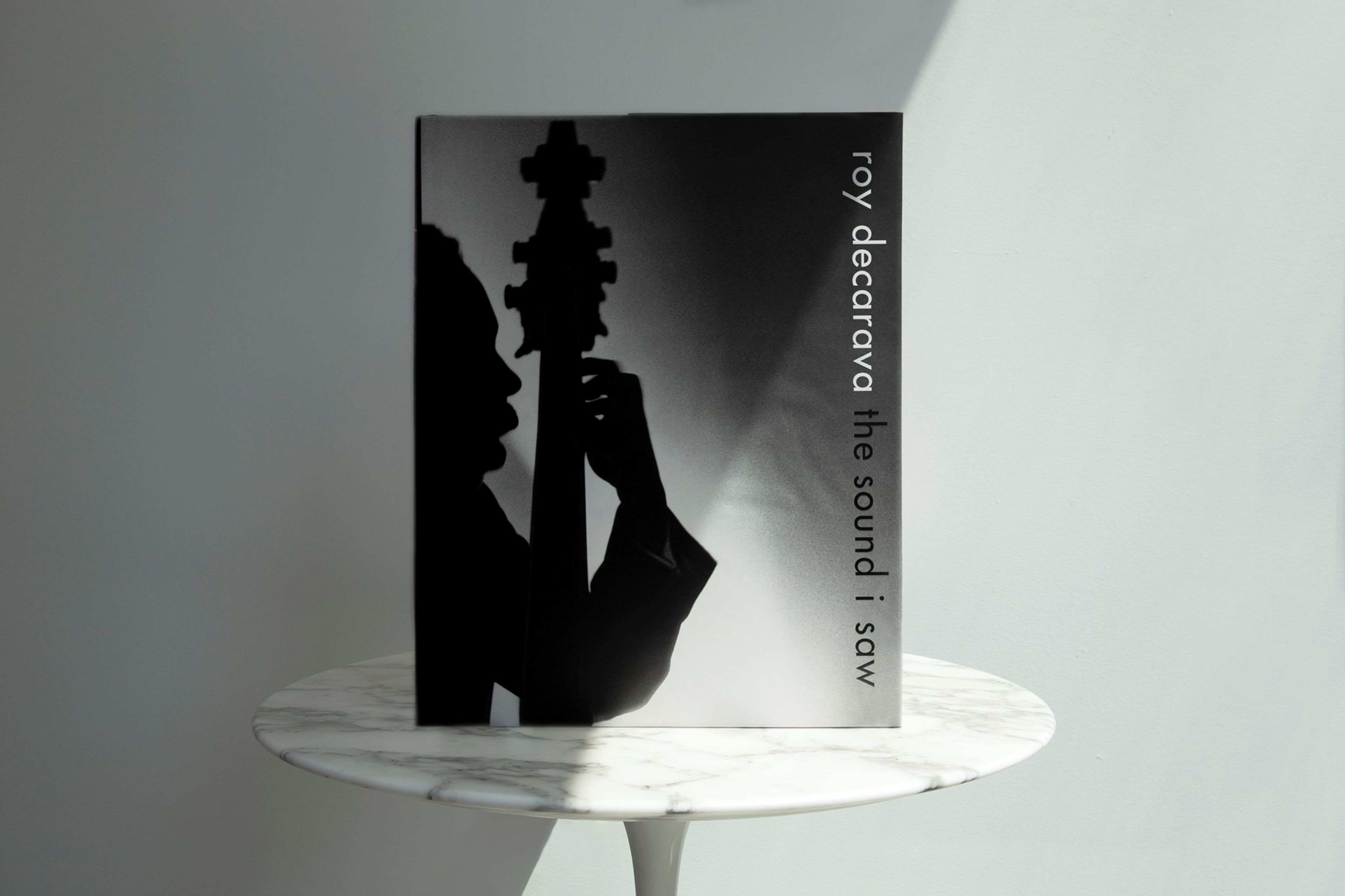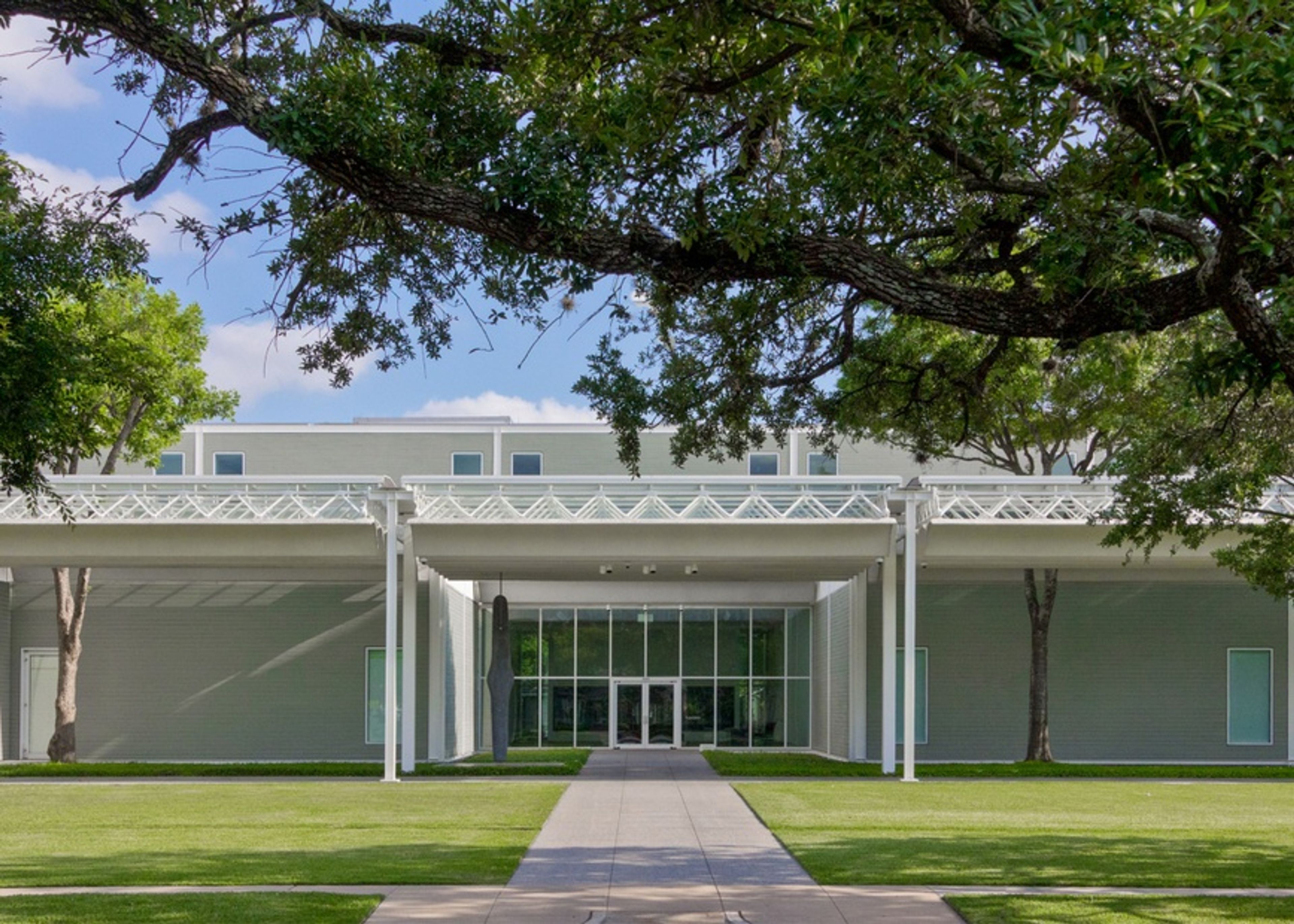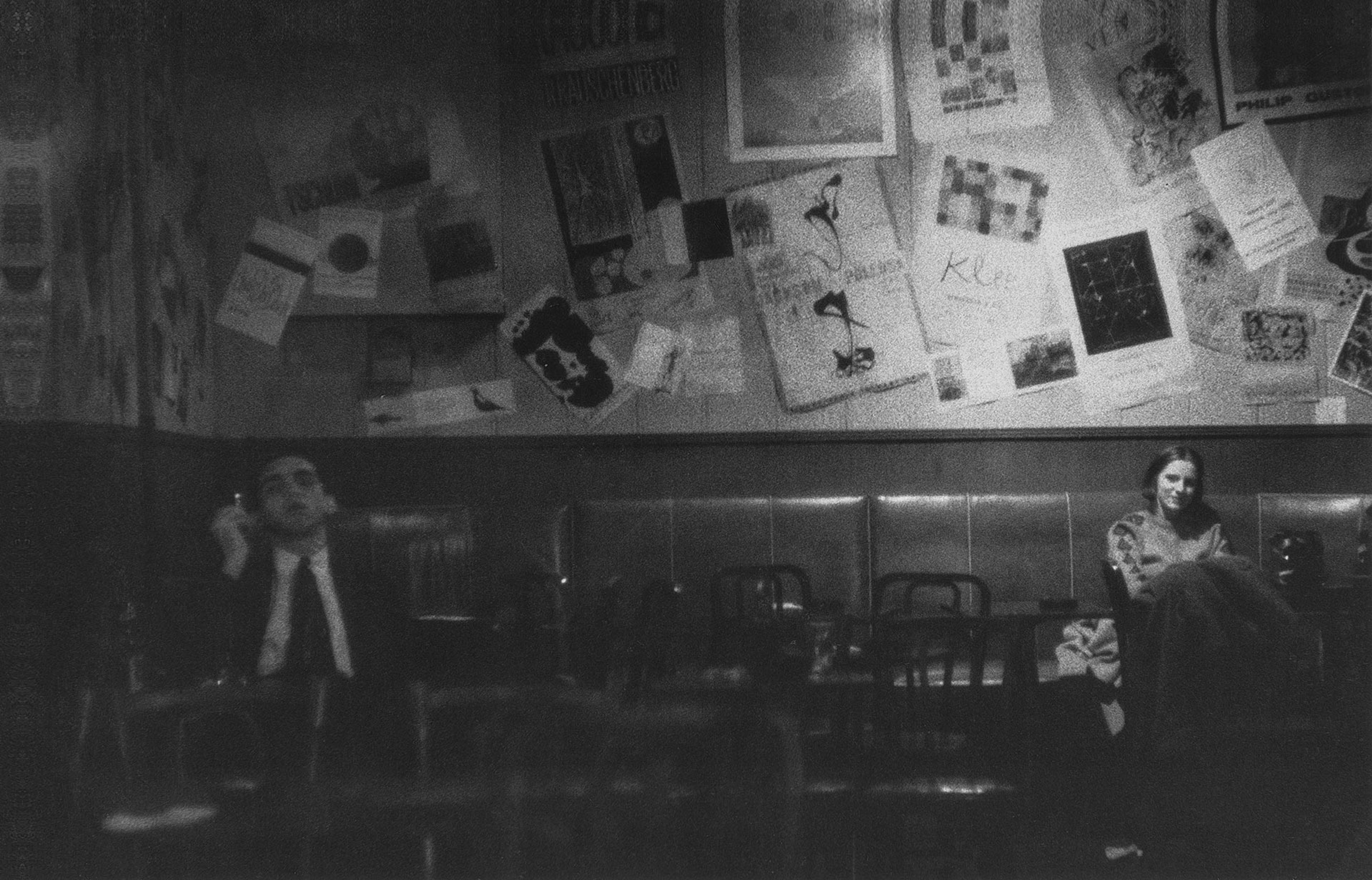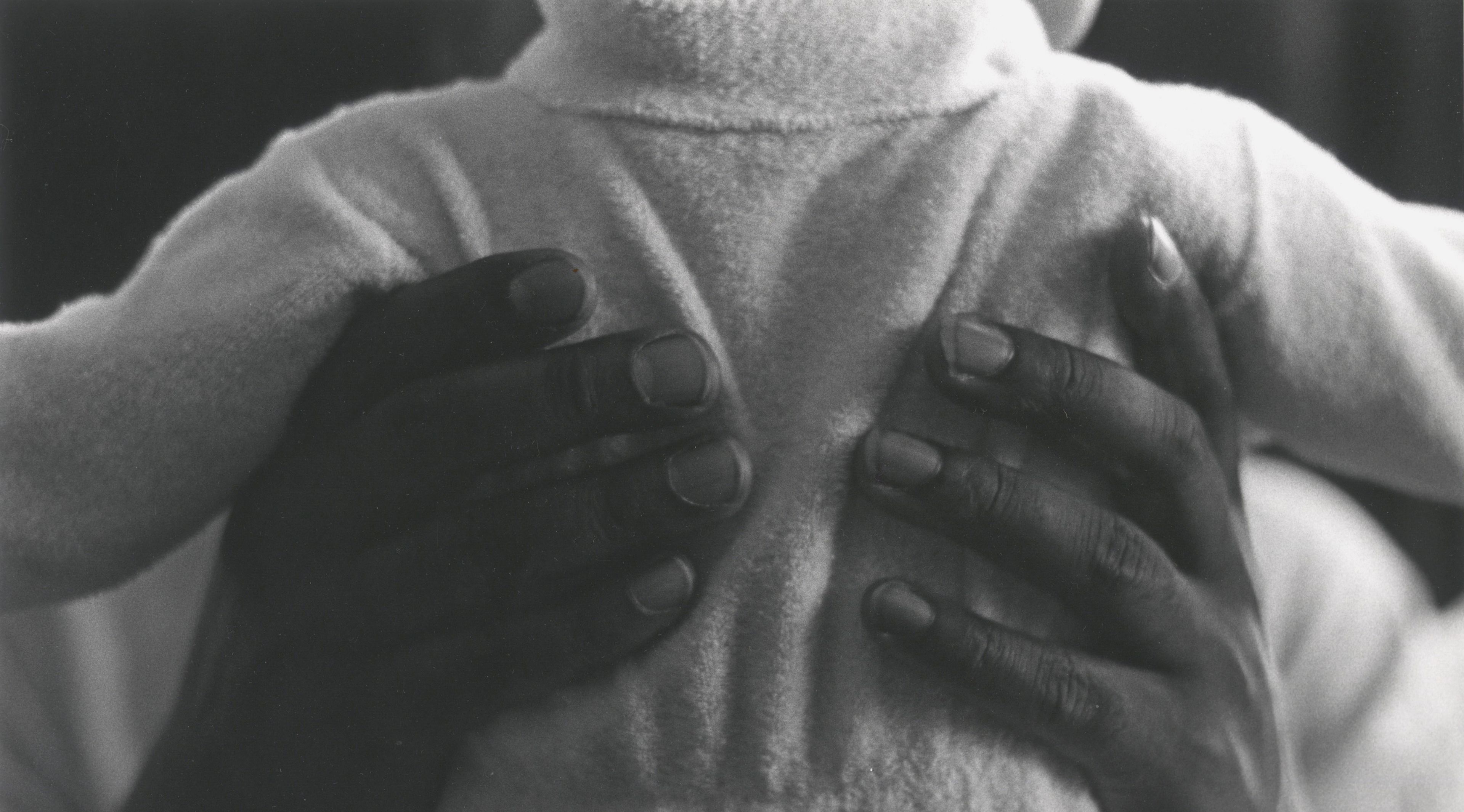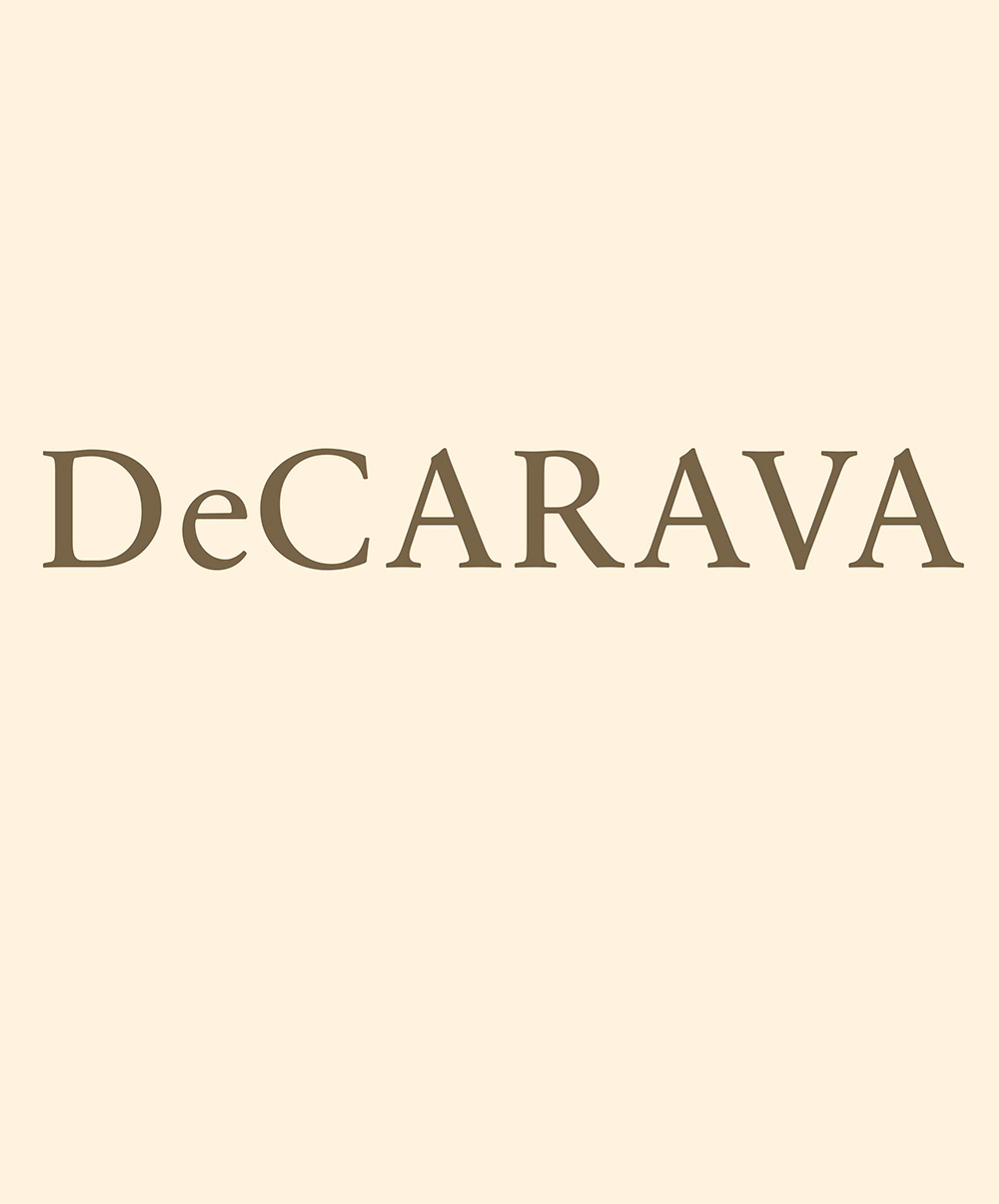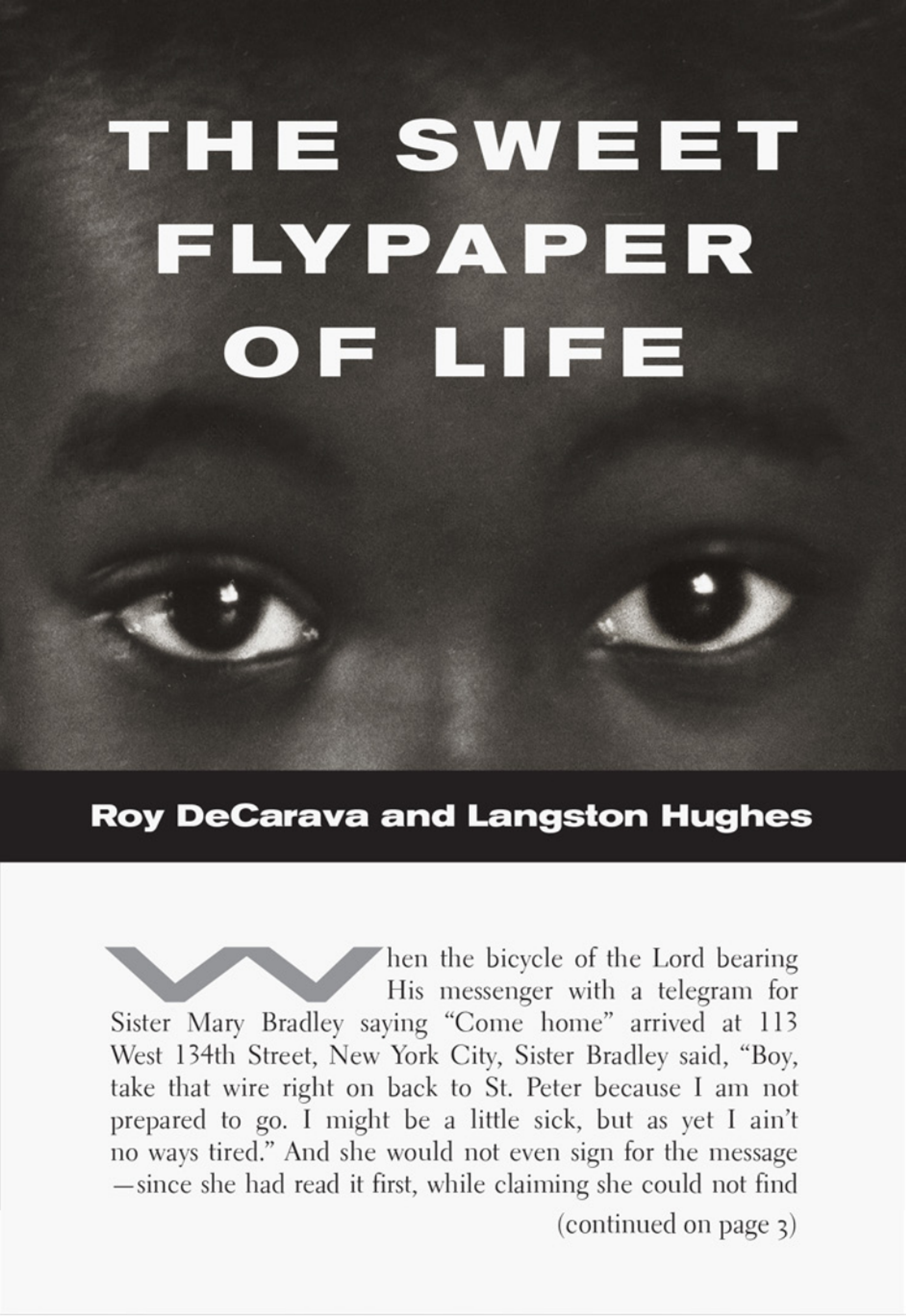Roy DeCarava
Over the course of six decades, American artist Roy DeCarava (1919–2009) produced a singular collection of black-and-white photographs of modern life that combine formal acuity with an intimate and deeply human treatment of his subject matter. Grounded by a unified theory of the visual plane, his work displays a subtle mastery of tonal and spatial elements and devotion to the medium of photography as a means of artistic expression.
Learn MoreSurvey
Exhibitions
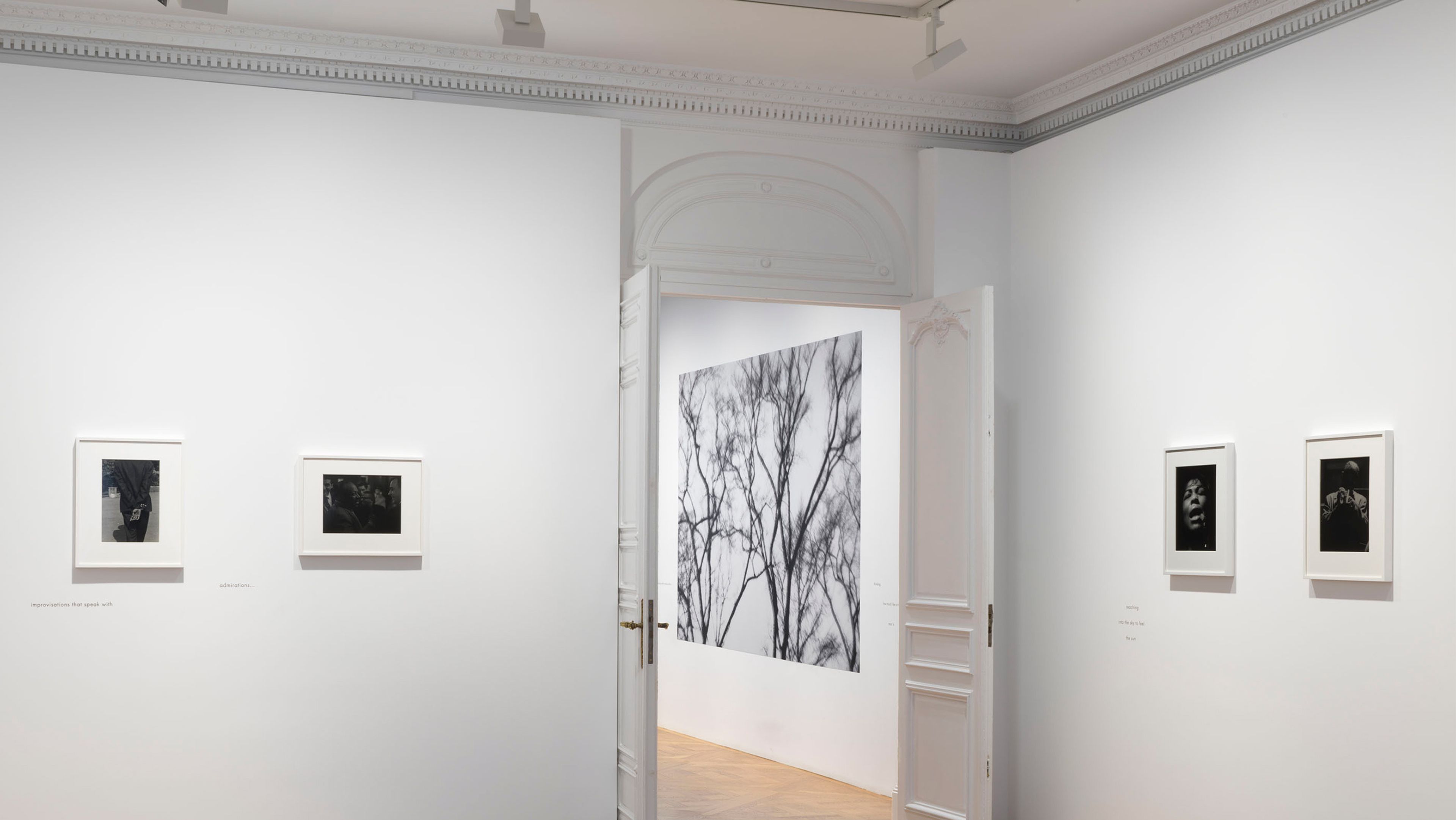
Explore Exhibitions
Artist News
Biography
Roy DeCarava (1919–2009) was born in New York’s Harlem neighborhood, and first studied art in the city’s public schools, including at Textile High School, from which he graduated with honors in 1938. He subsequently worked in the poster division of the Works Progress Administration, where he briefly made prints and paintings, prior to being admitted to The Cooper Union. DeCarava studied there until 1940, when he left to attend classes uptown at Harlem Community Art Center (1940–1942) and George Washington Carver Art School (1944–1945), where his elder professional contemporaries included Romare Bearden, Jacob Lawrence, Norman Lewis, and Charles White, among others. Some of his earliest influences during this time included Dutch painter Vincent van Gogh and the Mexican muralists Diego Rivera and David Alfaro Siqueiros.
DeCarava first used a camera as a means of gathering visual information for his paintings; however, by the mid-1940s, he switched exclusively to photography as his primary means of artistic expression, admiring the medium’s directness and flexibility. He worked with a handheld 35mm camera, which enabled him to move easily throughout the city, embodying a freedom not dissimilar to Henri Cartier-Bresson’s model of the ambulatory observer, although with a more specific intention to understand his relationship to the subject. Unlike most photographers of his day, DeCarava developed and printed his own images himself, enabling him to create over time a distinct and enduring aesthetic approach. He was successful in his imagery from the beginning and his work has widely influenced that of contemporary artists today. He recognized early on that the process of making a photograph begins long before one even picks up the camera and is not complete until the image has been printed to its inner calling.
DeCarava’s first solo exhibition of photography was held in 1950 at Forty-Fourth Street Gallery in New York. Through this show, he met photographer Edward Steichen, at the time the director of The Museum of Modern Art’s new department of photography, who purchased three images for the Museum’s collection. In 1952, with Steichen’s support, DeCarava became the first African American photographer to win a John Simon Guggenheim Memorial Fellowship. The one-year grant enabled DeCarava to focus full time on photography and to complete a project that would eventually result in The Sweet Flypaper of Life, a moving, photo-poetic work in the urban setting of Harlem. DeCarava compiled a set of images from which the poet Langston Hughes chose 141 and adeptly supplied a fictive narration (from the voice of a Harlem resident), reflecting on life in that city-within-a-city. The book, widely considered a classic of photographic visual literature, went out of print several times and was reprinted by public demand. Steichen also included DeCarava in a number of group exhibitions at The Museum of Modern Art, including The Family of Man (1955), which traveled internationally through 1965, resulting in more recognition of his work overseas.
Also in 1955, DeCarava opened A Photographer’s Gallery on West 84th Street in Manhattan, the first gallery to focus exclusively on American fine art silver gelatin photography in the nation. He was able to present his own accumulating works in a solo context while also mounting twelve exhibitions over the course of its two-year existence that featured the early display of soon-to-be canonical American photographers and advancing the artistic consideration of the field.
DeCarava’s photographs have been the subject of numerous solo presentations including those at The Studio Museum in Harlem, New York (1969); Sheldon Memorial Art Gallery, University of Nebraska, Lincoln (1970); University of Massachusetts, Boston (1974); Museum of Fine Arts, Houston (1975); Corcoran Gallery of Art, Washington, DC (1976); Akron Art Institute, Ohio (1980); Museum of Photographic Arts, San Diego (1986); and Moderna Museet, Stockholm (1987).
In 1983, The Studio Museum in Harlem, New York, presented The Sound I Saw: The Jazz Photographs of Roy DeCarava, which traveled to Hunter College Art Gallery, New York; Port Washington Public Library, Port Washington, New York; and Everson Museum of Art, Syracuse, New York. A major retrospective of DeCarava’s work was presented at The Museum of Modern Art, New York, in 1996, and traveled to the Art Institute of Chicago; Los Angeles County Museum of Art; Addison Gallery of American Art, The Phillips Academy, Andover, Massachusetts; Saint Louis Art Museum; Museum of Fine Arts, Houston; San Francisco Museum of Modern Art; High Museum of Art, Atlanta; Corcoran Gallery of Art, Washington, DC; and the Minneapolis Institute of Art.
From 2017 through 2019, DeCarava’s work was included in Soul of a Nation: Art in the Age of Black Power, which traveled from Tate Modern, London, to Crystal Bridges Museum of American Art, Bentonville, Arkansas; Brooklyn Museum, New York; and The Broad, Los Angeles. In 2019, the artist’s work was the subject of a solo presentation entitled The Work of Art at The Underground Museum, Los Angeles.
In 1975, DeCarava joined the faculty at Hunter College, New York, and was named Distinguished Professor of Art of the City University of New York in 1988. During his lifetime, he was the recipient of numerous awards including a Master of Photography Award, International Center of Photography, New York (1998); a Gold Medal for Lifetime Achievement, The National Arts Club, New York (2001); and a National Medal of Arts (2006), the highest civilian honor awarded by the National Endowment for the Arts and presented by the President of the United States.
David Zwirner announced its exclusive representation of The Estate of Roy DeCarava in 2018. In that same year, The Sweet Flypaper of Life, DeCarava's best-selling 1955 collaboration with the poet Langston Hughes, was re-issued by First Print Press with worldwide distribution through David Zwirner Books, D.A.P., and Thames & Hudson. In 2019, in New York, the gallery presented two critically lauded, concurrent exhibitions of the artist's photographs: Light Break and the sound i saw, both of which were accompanied by catalogues copublished by First Print Press and David Zwirner Books (Light Break features an essay by Sherry Turner DeCarava, director of The DeCarava Archives, and a preface by Zoé Whitley, director of the Chisenhale Gallery, London; the sound i saw includes essays by Sherry Turner DeCarava and filmmaker Radiclani Clytus). Roy DeCarava: Selected Works was on view at David Zwirner, London in 2022.
Work by DeCarava is held in numerous public collections including the Art Institute of Chicago; Harvard Art Museums, Cambridge, Massachusetts; George Eastman Museum, Rochester, New York; Minneapolis Institute of Art; Moderna Museet, Stockholm; Museum of Fine Arts, Boston; Museum of Fine Arts, Houston; The Museum of Modern Art, New York; National Gallery of Art, Washington, DC; San Francisco Museum of Modern Art; Smithsonian American Art Museum, Washington, DC; The Studio Museum in Harlem, New York; and Whitney Museum of American Art, New York.
Selected Press
Selected Titles

Request more information
